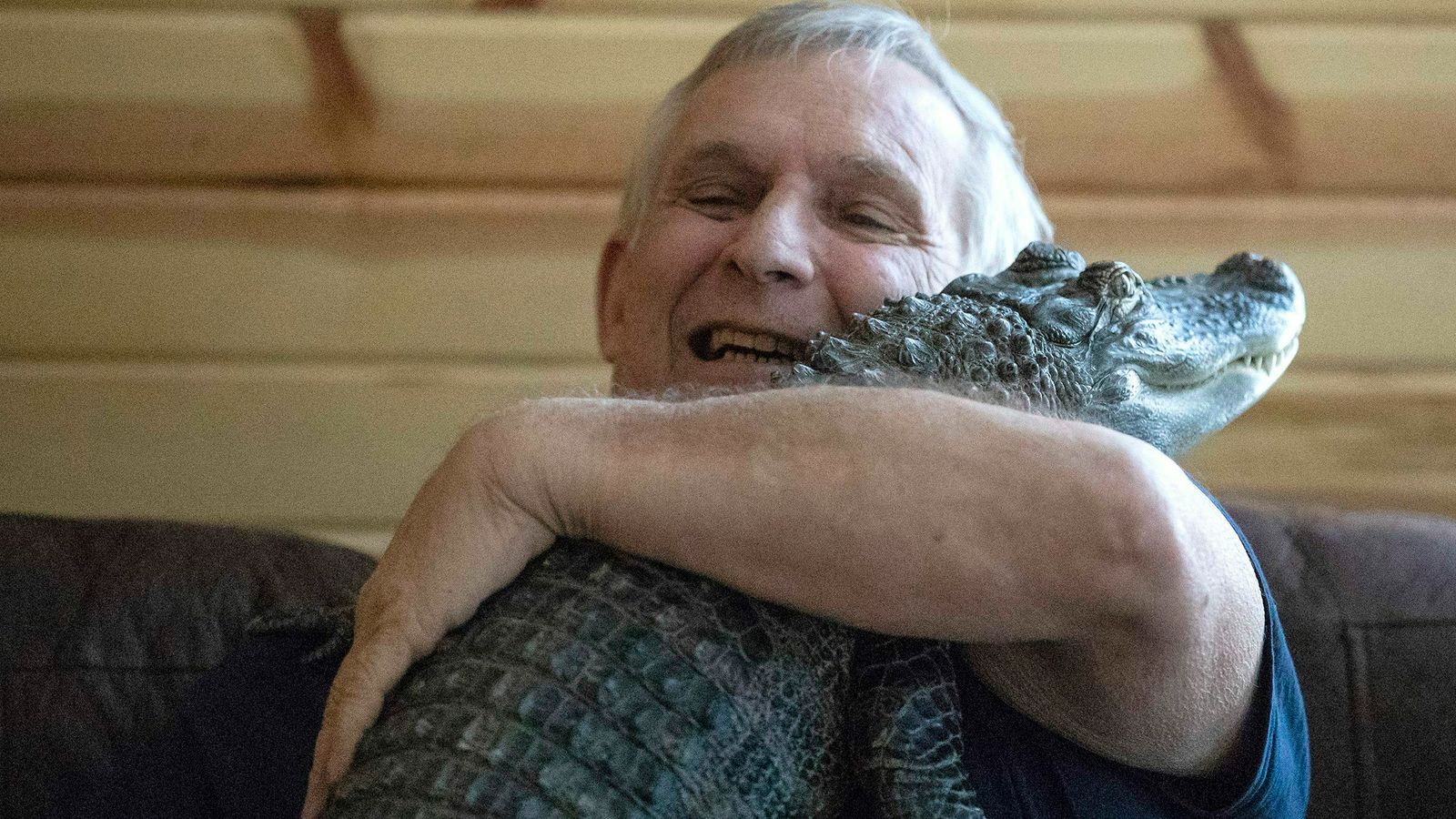A U.S. retaliatory strike in the Iraqi capital on Wednesday killed a senior leader of a militia that U.S. officials blame for recent attacks on American personnel, the Pentagon said, following up on President Biden’s promise that the response to a slew of attacks by Shiite militias would continue.
The Pentagon said the man was a leader of Kata’ib Hezbollah, the militia that officials have said was responsible for the drone attack in Jordan last month that killed three American service members and injured more than 40 more.
A U.S. official said that the strike was a “dynamic” hit on the militia commander, whom American intelligence officials had been tracking for some time. A second official said the United States reserved the right to strike other Shiite militia leaders and commanders.
Videos from the scene showed the wreckage of a vehicle in a neighborhood of eastern Baghdad, and a nearby fire.
A senior Kata’ib Hezbollah official and Iran’s Revolutionary Guard Corps both said that two commanders had been killed in the strike. Witnesses said identification cards found nearby identified them as Arkan al-Elayawi and Abu Bakir al-Saadi.
In response, crowds gathered in streets of Baghdad, chanting “America is the devil.”
Wednesday’s strike came after three quieter days in the Mideast, following American salvos on Friday and Saturday, the first in what Mr. Biden and his aides have said will be a sustained campaign of retaliation.
On Monday the Pentagon said that American warplanes had destroyed or severely damaged most of the Iranian and militia targets they struck in Syria and Iraq on Friday.
Maj. Gen. Patrick S. Ryder, the Pentagon spokesman, said that “more than 80” of some 85 targets in Syria and Iraq were destroyed or rendered inoperable. The targets, he said, included command hubs; intelligence centers; depots for rockets, missiles and attack drones; as well as logistics and ammunition bunkers.
Kata’ib Hezbollah, based in Iraq, is considered a proxy of Iran, and the United States considers the group a terrorist organization.
U.S. officials blame Iran and the militias aligned with it for what had become a near-daily barrage of rocket and drone attacks against U.S. forces in Iraq and Syria since the war between Hamas and Israel began on Oct. 7. The Biden administration has sought to calibrate retaliatory airstrikes to ultimately deter such groups while avoiding a wider war.
But when a drone attack hit a remote base in Jordan on Jan. 28, killing three American service members, administration officials said that a red line had been crossed, and Mr. Biden promised a sustained campaign of retaliation.
After that strike, Kata’ib Hezbollah said it would halt attacks on American forces, at the behest of the governments of Iraq and Iran, reflecting Iran’s reluctance to directly confront the United States. But other groups involved in such attacks have not made similar commitments.
The back-and-forth attacks in Syria, Iraq and Jordan — not to mention the tit-for-tat between the United States and its allies, and the Iran-backed Houthis in Yemen — have edged the region closer to a broader conflict, even as the administration insists it does not want war with Iran. Instead, U.S. officials say they are focused on whittling away the militias’ formidable arsenals and deterring additional attacks against U.S. troops, as well as merchant ships in the Red Sea.
But by targeting Kata’ib Hezbollah commanders, the administration is sending a message to Iran and the militias that it backs that every American life taken will be met with a strong response, U.S. officials said.
In January the Pentagon said the U.S. had killed a leader of another militia, Haraqat al Nujaba, who was involved in planning and carrying out attacks against American personnel.
National security experts and officials say privately that to truly degrade the capability of the Iran-backed militias, the United States would have to carry out a yearslong campaign similar to the six-year effort to defeat the Islamic State in Iraq and Syria.
Even then, the officials say, the militias, with Iran’s backing, could probably survive longer than the Islamic State, which was pressured by the United States and Iran, and even Russia. The United States would also have to target many more senior leaders and commanders.
Falih Hassan contributed reporting.








